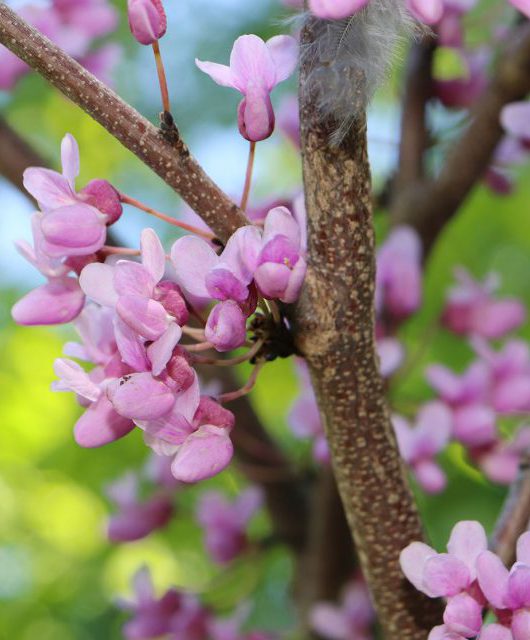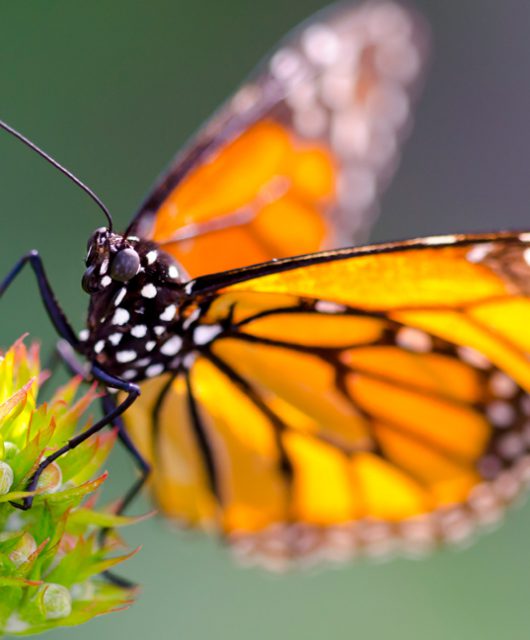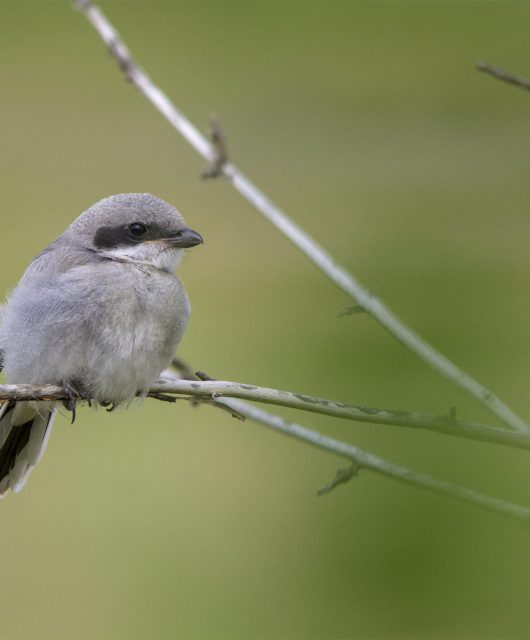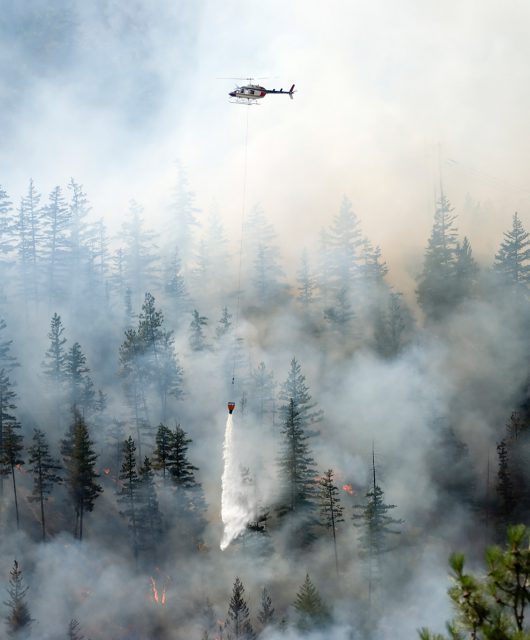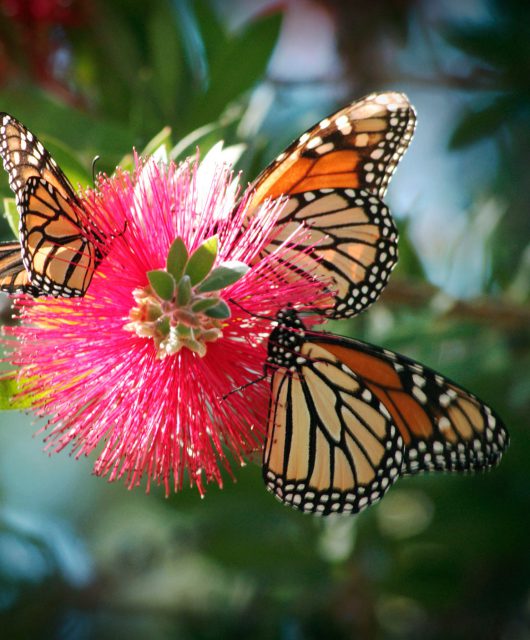Often in nature, timing is everything.
From Monarch Butterflies migrating to Canada from Mexico just as milkweed is ripe to bison calves being born just as the plains turn green, some of the most spectacular examples of nature’s grand events rely on seemingly unrelated events occurring at the same time.
Pollination is a great example of such an event. Flowers need pollinators to arrive when they bloom and pollinators need flowers to provide pollen and nectar when they are feeding a brood. Climate triggers plants to grow and flowers emerge once plants reach the right size. Many pollinators use different cues like day length, or are less dependent on climate to time their growth and movement. This arrangement works well with hundreds of pollinating insects and birds living their lives in time with native plants across the Prairies.
Unbalancing Act
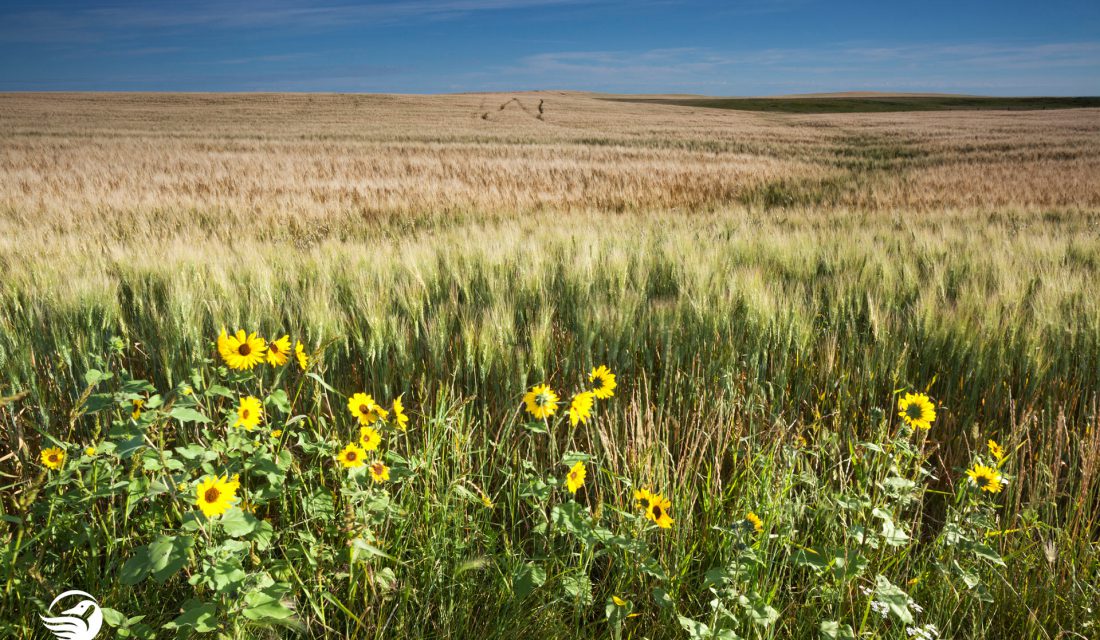 But climate change is triggering prairie plants to emerge and bloom much earlier. This could throw off the pollinators that depend upon them who could arrive at the wrong time. This is already affecting native bees in the northeastern United States1 and butterflies in Europe2 where flowers aren’t getting pollinated and pollinators are missing out on rewards. Research in this field suggests that climate change may be disrupting the millennial-old timing between pollinators and flowering plants.
But climate change is triggering prairie plants to emerge and bloom much earlier. This could throw off the pollinators that depend upon them who could arrive at the wrong time. This is already affecting native bees in the northeastern United States1 and butterflies in Europe2 where flowers aren’t getting pollinated and pollinators are missing out on rewards. Research in this field suggests that climate change may be disrupting the millennial-old timing between pollinators and flowering plants.
Climate change is anticipated to hit the Canadian Prairies hard. A review of climate change effects by the Prairie Adaptation Research Collaborative concluded that the Canadian Prairies are particularly vulnerable to damage due to longer, hotter growing seasons and less predictable rainfall3. This may lead to changes in plant growth patterns and timing that will affect not only the crops and forages grown in the Prairie provinces, but also the native flowers.
This will throw off the pollinators.
Meet the Prairie Pollinators
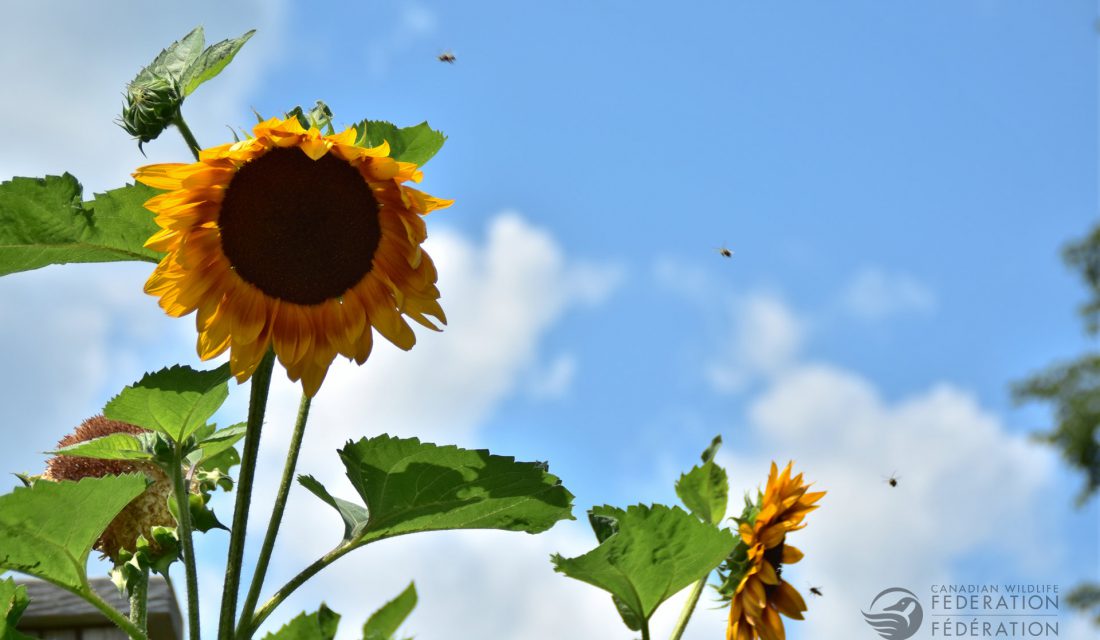 Who are the pollinators in the Prairies? Most are bees, flies, beetles, wasps, moths and butterflies—and we can’t forget the hummingbirds. Of course, honeybees are well known and a real workhorse of prairie pollination.
Who are the pollinators in the Prairies? Most are bees, flies, beetles, wasps, moths and butterflies—and we can’t forget the hummingbirds. Of course, honeybees are well known and a real workhorse of prairie pollination.
But did you know that they are not native to North America? While they provide essential ecosystem services, our native pollinators are equally as important, particularly for our native plants.
The Canadian Prairies have hundreds of species of native pollinators, many of which we know very little about.
Researching Climate Effects on Prairie Pollination
Perhaps, because we know so little about our native prairie pollinators, there hasn’t been much attention paid to climate effects on pollination in western Canada. The Canadian Wildlife Federation is hoping to change this. Through research we are conducting with the Saskatchewan Stock Growers Foundation, South of the Divide Conservation Action Program (SODCAP), Birds Canada, Royal Saskatchewan Museum, Agriculture and Agri-Food Canada and Carleton University we are learning more about prairie pollinators, their threats and conservation.
This is the first step in understanding how climate change may affect our native grassland insect and plant communities.
How You Can Help Pollinators
What can you do? Luckily, there is a long list:
- Support native pollinators by planting native flowers in your yard.
- Encourage local initiatives like restoring networks of ditches and utility rights of way to native plants.
- Be a citizen scientist by reporting your observations of flowers and pollinators on popular nature apps like iNaturalist.
- Show your support for CWF to learn more about the ecology and conservation native pollinators on Canadian grasslands and how climate change may affect them.
Learn more about the Canadian Wildlife Federation’s work with pollinators, and agriculture and habitat.
References:
1Bartomeus, I. et al. Climate-associated phenological advances in bee pollinators and bee-pollinated plants. Proceedings of the National Academy of Sciences 108, 20645–20649 (2011). 2Roy, D. B. & Sparks, T. H. Phenology of British butterflies and climate change. Global Change Biology 6, 407–416 (2000). 3Sauchyn, D., Davidson, D. & Johnston, M. Prairie Provinces. in Canada in a Changing Climate: Regional Perspectives Report (eds. Warren, F. J., Lulham, N. & Lemmen, D. S.) (Government of Canada, 2020).

